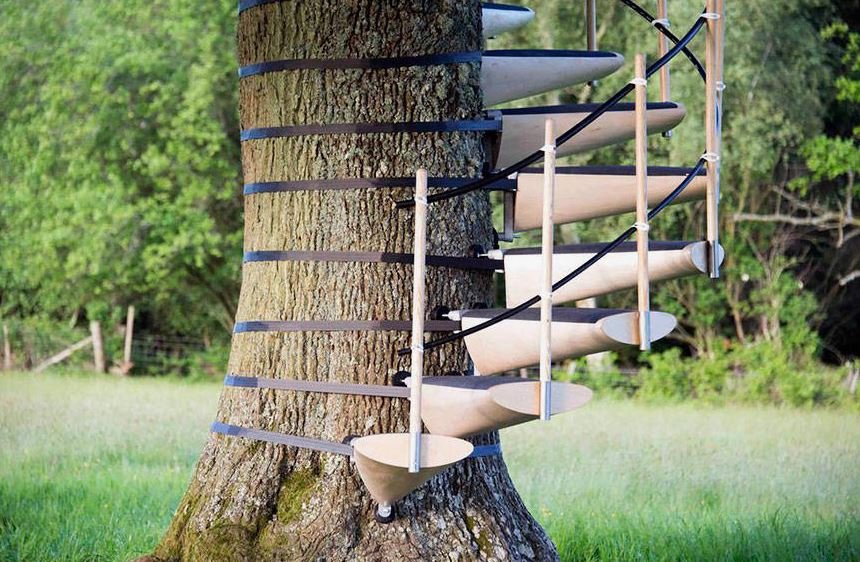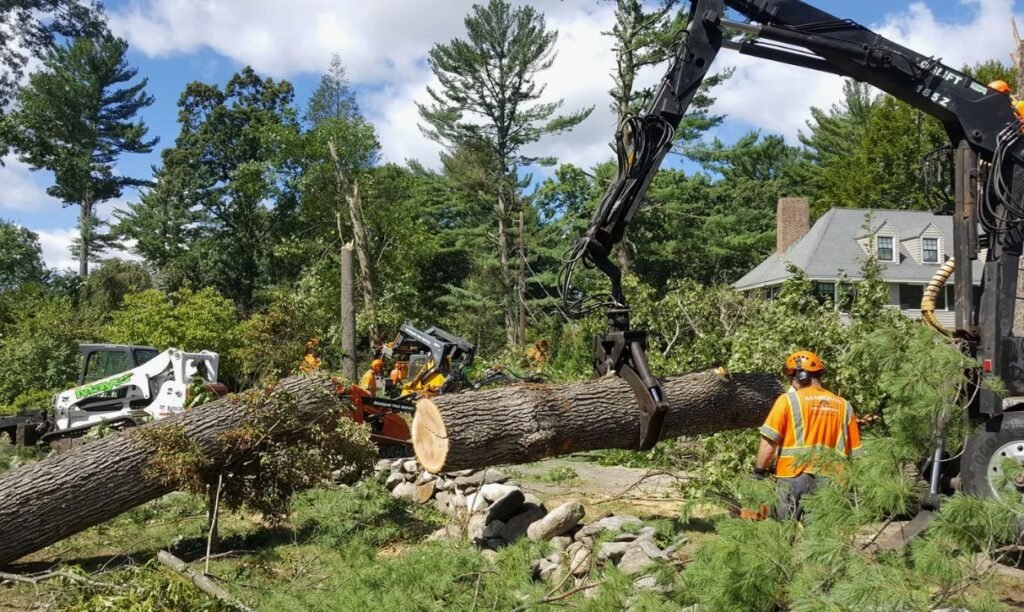9 Simple landscaping rules
Landscaping is the art of making our homes beautiful. Beautification of our homes should encompass both inside and outside.
A seamless yard is something to take pride in and is a sign of sophistication. Its only in a beautiful yard where one can feel welcome to lie and relax. This article presents 9 rules that should be adhered in order to attain a near perfect landscape.
Design a landscape that works for you:
You must first list your needs and wants. Whether you need a beautiful space for kids to play in, grow vegetables, family gathering on a patio? First make some rough sketches of the yard considering where you want to place various things; it’s a principle of organization for first time landscape designers. This process is supposed to help formulate ideas.
Sharp curves should be avoided in your beds unless you are designing a formal garden. Sharp angles make mowing difficult and necessitate use of add tonal tools like trimmers which can be avoided with planning. Additionally, in order to have sufficient space for mowers and other equipment to maneuver, design so that the distance between the different sections of your landscape are far enough apart.
Use symmetrical shapes near the house:
Symmetrical shapes near the house help to seamlessly link the house to the garden. Since the building is composed of symmetrical features cut from definite shape, it is only right that the landscape copes this feature. The lawn should ape the shape of the garden. You do not want to put wiggly shaped lawns inside a rectangular garden. Planting softens all the hard lines as the plants spill over. This way the lawn looks natural.
Enlist the help of grid to help in designing:
A grid is supposed to be a guide for a designer to check scale and size of certain features. The grid you use should be derived from the shape of the house to ensure the lawn links back to the building. For this reason, every grid is specific and unique to a site.
Budget well in advance:
It is necessary to have a budget that already considers setbacks and expenses that are unexpected and that must be addressed for the project to be successful.
Calculate the budget beforehand and try as much as possible to list all items that will be required. An extra of 15-20 % should be added as miscellaneous to the budget. This will ensure the project does not stall.
Plant in masses but don’t overcrowd:
Planting should not be done just for the sake of it. For a certain variety to make a mark against another that grows taller, plant a greater number of shorter varieties to make a spectacular show. There is no bolder way of making a statement in your landscape than planting different varies in mass.
Plant in odd multiples:
This a rule that works as well in interior design. A group of three candles in a room look better than just two. This a rule that should never be strayed from. While planting aim for 1’s, 3’s, 5’s, 7’s, and 9’s. The rule can be relaxed once the planter gets to double digits.
The most important part of the garden is the house:
All design works must be done with the house in mind. It is the epicenter of the garden. How tall the plants in the garden grow all depends on the size and orientation of the house. Garden plans should always start from the house outwards.
Keep plant records in a drawing:
After you are done planting, take an extra 30 minutes to make a drawing of the garden placing the various plants in the right locations. Details such as species name and variety, date of planting and source of the seed plants should be included. This helps track the behavior and health of the plants.
Have a maintenance plan in place:
Populating your yard is just the beginning of a long satisfying journey. You need a plan for weed, pest and disease control. Other activities on the lawn might include dividing and replanting especially the perennial plants. A schedule helps you know exactly when work input is required and should also consider your other commitments.




